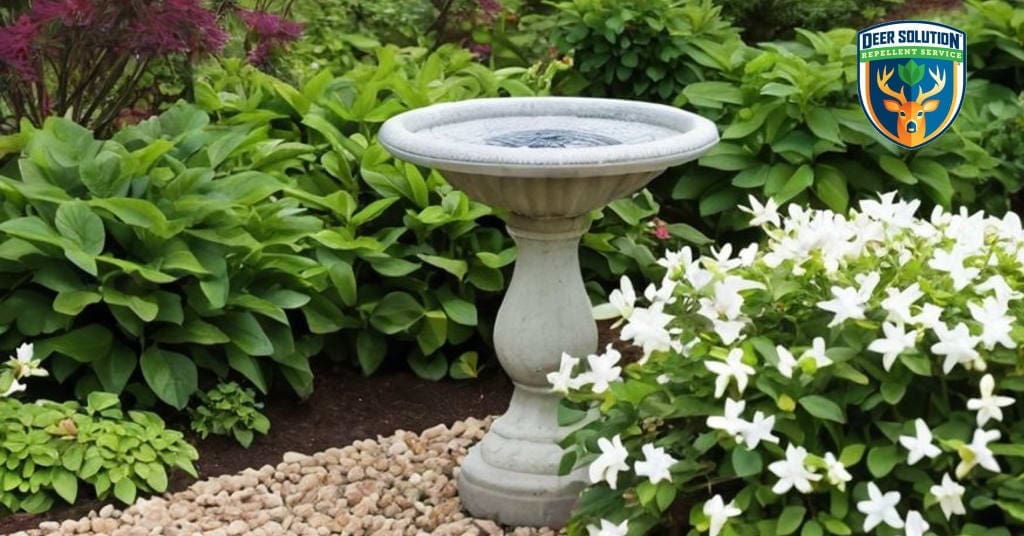When planning your garden, it’s crucial to consider the potential impact of local wildlife, particularly deer. One common question gardeners ask is, “do deer eat crocuses?” Understanding deer dietary preferences and the characteristics of crocuses can help you make informed decisions about which plants to include in your garden and how to protect them effectively.
Understanding Deer Behavior
Deer are opportunistic feeders, meaning they tend to eat whatever is available, especially during times when food is scarce. Crocuses, with their vibrant blooms and early spring appearance, can be particularly tempting to deer emerging from a long winter with limited food sources. However, the extent to which deer will eat crocuses can vary based on several factors, including the availability of other food sources, the specific types of plants in your garden, and the local deer population’s size and feeding habits.
Why Crocuses Might Attract Deer
The Timing of Blooms and Deer Activity
Crocuses are among the first plants to bloom in early spring, often emerging when deer are still hungry from the winter. This timing can make them especially vulnerable to deer browsing, as other food sources are scarce. The bright colors of crocuses can also attract deer, who are searching for anything edible after months of limited food availability.
Myths About Crocuses and Deer Resistance
While some gardeners believe that crocuses are naturally deer-resistant, the reality is more complex. Crocuses do not have the strong scents, fuzzy leaves, or toxic properties that typically deter deer. As a result, they can be more susceptible to browsing, particularly in areas where deer are prevalent and other food sources are limited.
Exploring Crocus Varieties and Their Impact on Deer Browsing
Variety Selection for Deer-Prone Areas
Different varieties of crocuses may be more or less attractive to deer based on their characteristics. For instance, early-blooming varieties like ‘Golden Yellow’ or the delicate ‘Cream Beauty’ may be more vulnerable due to their timing and visibility during a season when other food is scarce. Understanding these differences can help you choose crocuses that are better suited to deer-prone areas, offering a more strategic approach to planting.
Gardening Tips for Deer-Resistant Blooms
Diversify Your Plant Selection
Incorporate a mix of plants that deer typically avoid, such as Lavender, Marigolds, and Foxgloves. By creating a diverse ecosystem, you not only deter deer but also support local biodiversity. Surrounding your crocuses with less palatable plants can reduce the likelihood that deer will target them specifically.
Strategic Garden Design
Place deer-resistant plants around the perimeter of your garden to act as a natural barrier, making it less likely for deer to venture further in to reach your crocuses. This method of layering your garden can be both aesthetically pleasing and functional, creating a protective shield for your more vulnerable plants.
Enhancing Plant Resilience
Focus on maintaining the health and resilience of your crocuses by providing proper care, including adequate watering, mulching, and protection during vulnerable periods. Healthy plants are often less attractive to deer, and resilient blooms can recover more effectively from occasional browsing.
Seasonal Strategies for Crocus Protection
Be mindful of seasonal changes and adjust your planting strategy accordingly. During early spring, when food is scarce, consider focusing on more deer-resistant plants or using protective coverings for your crocuses. In the summer, when deer have more food options, your crocuses are likely to be less at risk, but maintaining these protective strategies can still be beneficial.
Companion Planting Techniques
Natural Deterrents through Companion Planting
Consider planting Alliums or Daffodils near your crocuses. These plants are known for their strong scents and unappealing taste, which can act as natural deterrents to deer. By pairing crocuses with these companions, you create a more deer-resistant garden environment that still showcases the beauty of your blooms.
Sustainable Gardening Practices
Integrating Sustainability into Your Garden
Maintaining an eco-friendly approach to gardening is essential for preserving the natural balance of your garden and surrounding environment. By focusing on sustainable practices, such as planting deer-resistant species and enhancing soil health, you can protect your plants while ensuring the safety of your family, pets, and local wildlife. These practices not only help deter deer but also contribute to a thriving, balanced ecosystem in your garden.
Embrace Sustainable Solutions
While addressing deer-related landscape challenges can seem daunting, it is possible to create a garden that thrives alongside local wildlife. By incorporating a mix of deer-resistant plants, applying sustainable gardening practices, and strategically designing your garden, you can protect your crocuses and other vulnerable plants. For those seeking additional support, Deer Solution offers eco-friendly services that can help safeguard your garden from deer, allowing you to enjoy a thriving and resilient landscape.












